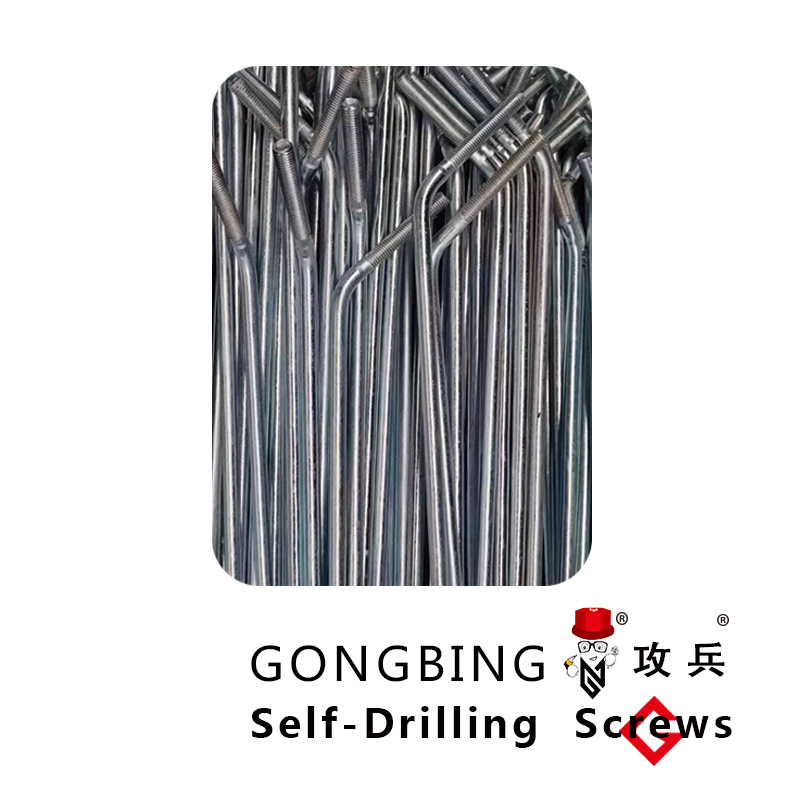Optimizing Structural Integrity with Steel Cross Bracing Techniques for Enhanced Building Stability
Understanding Steel Cross Bracing A Key Element in Structural Engineering
Steel cross bracing is a vital construction technique utilized to enhance the stability and strength of various structures, particularly in high-rise buildings and bridges. This structural system fundamentally consists of diagonal members arranged in a cross pattern, creating a series of triangles within the framework of a building or bridge. These triangles are crucial for distributing loads and resisting lateral forces, such as wind and seismic activities.
The primary function of cross bracing is to provide stability by counteracting forces that may cause a structure to sway or collapse. In the absence of cross bracing, buildings are more susceptible to lateral forces that can lead to structural failure. When wind or an earthquake strikes, the load is transferred through the bracing system, allowing the building to maintain its integrity even under stress. This makes cross bracing particularly important in regions prone to seismic activity or heavy winds.
One of the significant advantages of steel cross bracing is its efficiency in materials use. The diagonal braces, typically made from steel due to its high strength-to-weight ratio, allow for a lighter structural frame compared to traditional methods. This can result in lower material costs and lighter foundations, translating into significant savings for construction projects. Moreover, the implementation of cross bracing can reduce the overall amount of steel needed for the structure as the bracing effectively handles lateral loads.
Another aspect worth noting about steel cross bracing is its versatility. It can be employed in various structural designs, from modern skyscrapers to bridges, warehouses, and other large constructions. Additionally, cross bracing can be implemented in different configurations depending on the specific requirements of the architectural design and the type of forces that need to be countered. For instance, there are various bracing styles, including X-bracing, V-bracing, and K-bracing, each serving different structural needs.
steel cross bracing

While steel cross bracing is widely praised for its effectiveness, it is not without its challenges. The installation process must be executed with precision to ensure that all members are correctly aligned and securely connected. Any misalignment can lead to uneven load distribution, compromising the structure's integrity. Moreover, the exposed steel elements may be susceptible to corrosion and weathering, necessitating proper treatment and maintenance over time to ensure durability and safety.
In addition to its structural benefits, cross bracing also plays a role in architectural aesthetics. Architects often incorporate visible bracing as a design feature, creating an industrial look that many find appealing. This blend of functionality and style has led to a resurgence in the use of exposed steel elements in modern architecture.
Moreover, advancements in technology and materials continue to enhance the performance of steel cross bracing systems. The use of high-strength steel and innovative connection techniques increases the efficiency and safety of bracing systems, ensuring they meet contemporary building codes and performance standards.
In conclusion, steel cross bracing is an essential component of structural engineering, providing stability and resilience to buildings and other structures. Its ability to efficiently counter lateral forces while utilizing materials effectively makes it a popular choice among engineers and architects alike. As technology advances, the potential for improved designs and applications of cross bracing will only continue to grow, solidifying its role in the future of construction. Whether in the heart of a bustling city or standing as a bridge between two shores, steel cross bracing stands as a testament to the ingenuity and resilience of modern engineering.
-
Weatherproof Plastic Expansion Anchors for OutdoorWartaJun.06,2025
-
Sustainability in the Supply Chain: Eco-Friendly TEK Screws ProductionWartaJun.06,2025
-
Load-Bearing Capacity of External Insulation FixingsWartaJun.06,2025
-
Double Head Bolts: Enhancing Efficiency in Industrial MachineryWartaJun.06,2025
-
Corrosion Resistance in Chipboard Screws: Coatings for Wholesale DurabilityWartaJun.06,2025
-
Butterfly Toggle Bolts : Enhancing Structural ResilienceWartaJun.06,2025
